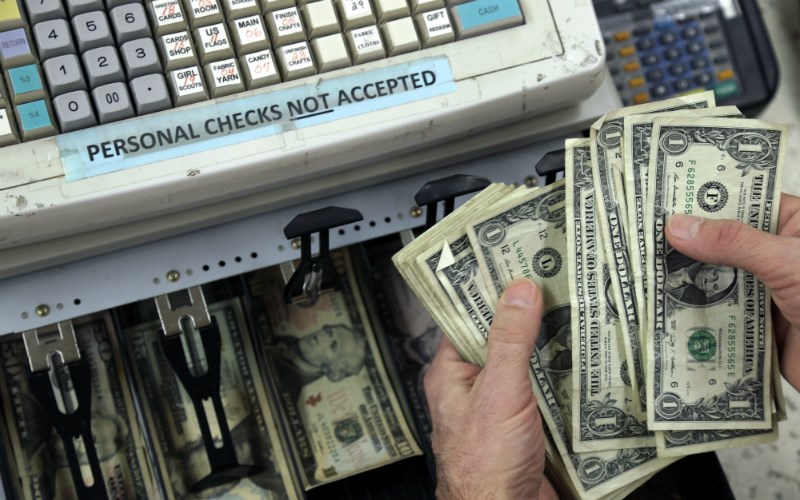According to CNBC, consumer prices for May accelerated at their fastest pace in nearly 13 years as pressures continued to build in the U.S. economy. The consumer price index, which represents food, energy, groceries, housing costs, and sales across a spectrum of goods, rose 5% from a year earlier. Economists surveyed by Dow Jones had been expecting a gain of 4.7%.
Joel Griffith, a research fellow at The Heritage Foundation, says numerous factors contribute to this.
"We have labor costs increasing, partially as a result of the government paying people not to work," he begins. "So private businesses are in a bidding war with the government trying to get people to come back to work."
Another issue involves people not having anywhere to spend the money from the government. While some states reopened months ago, others have only begun to do so.
"Now families are beginning to spend those dollars, and, of course, when you have more dollars chasing goods, prices rise. But you also have a lot of bottlenecks that were caused by the shutdown," Griffith continues. "Of course, some of these shutdowns were simply senseless, but regardless, you have these supply chain bottlenecks. And if you look at what's happening, for instance, with microchips, where you have shipping and production all scrambled up -- they were in a year and a half slowdown, and now, as you have demand increasing, you need these components to make these goods, and you have a lot of production that was ramped down."

Griffith also points to housing, which accounted for over a quarter of the overall increase in inflation in May, as a cause of price increases. Some economists agree the government fails to understand the magnitude of the problem.
"The Federal Reserve is buying up mortgage bonds, and that is artificially making mortgages cheaper in terms of interest rates," Griffith explains. "But that's actually incentivizing people to take on more and more mortgage debt. And now you have a housing crisis increasing at the most rapid rate in our nation's history."
Griffin reports that median home prices increased about 30% year over year, which is pricing people out of the marketplace.
"So, the causes are numerous, but most of the primary causes of the rise in prices are actually the result of imprudent government policy," the research fellow concludes.







